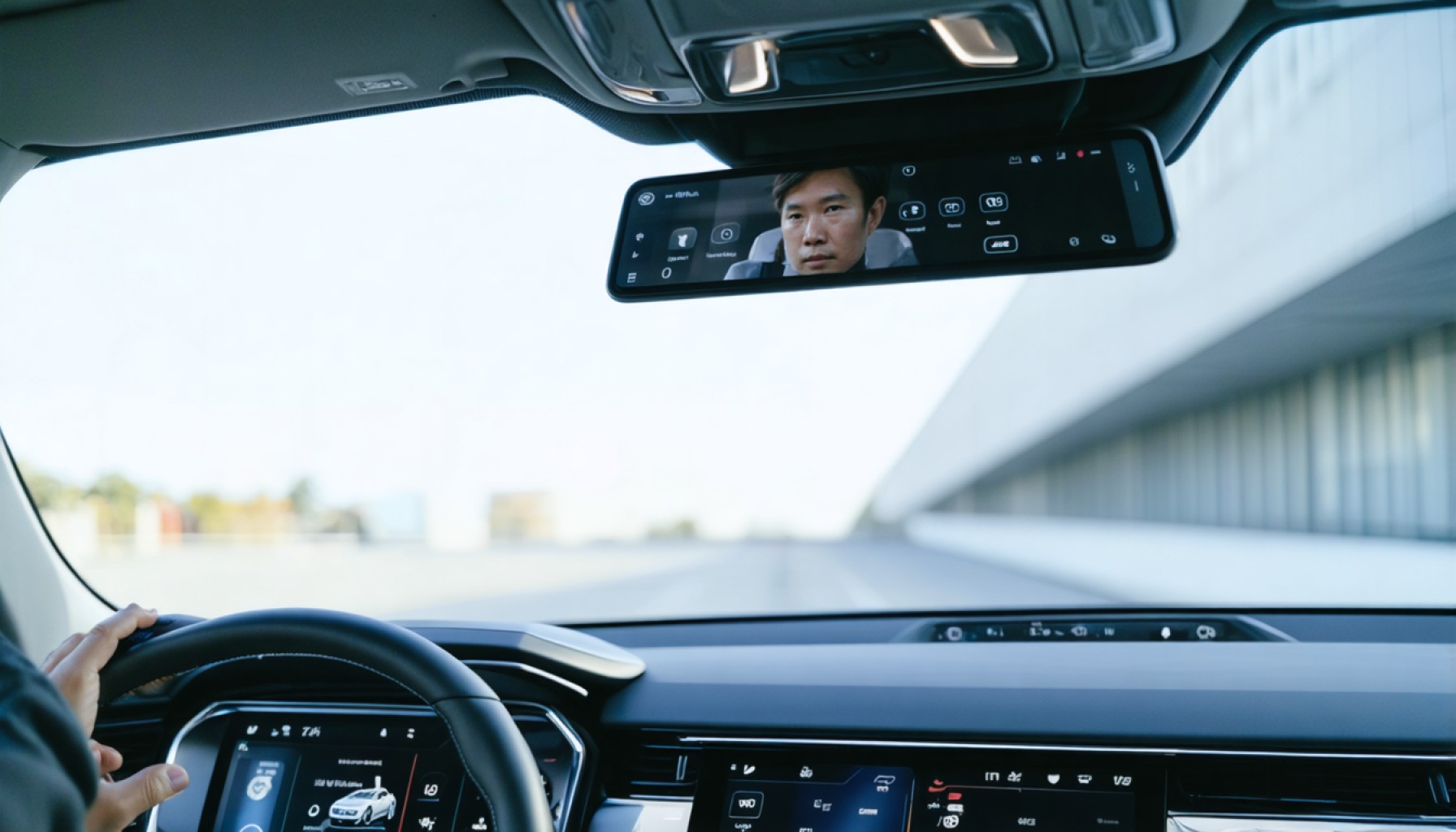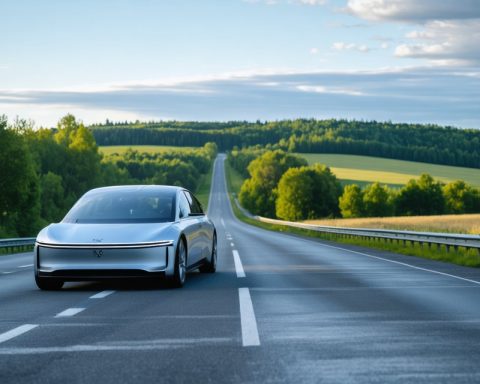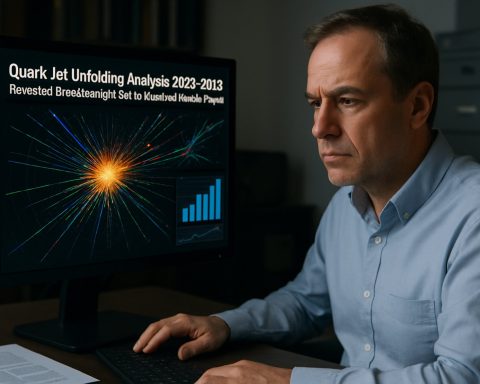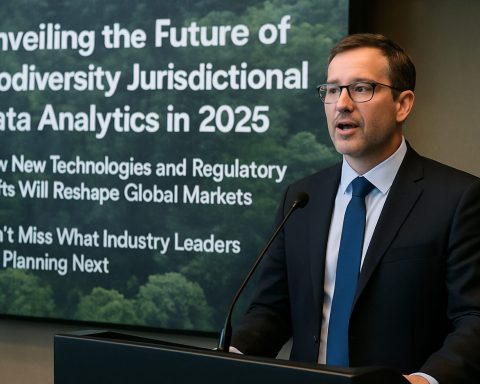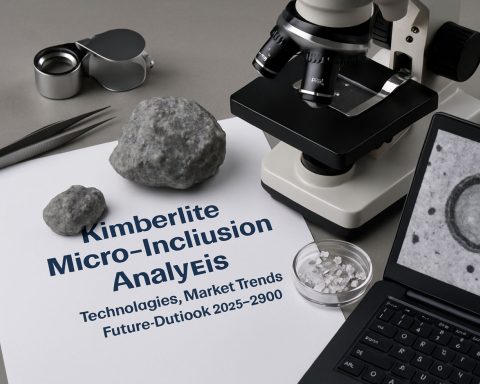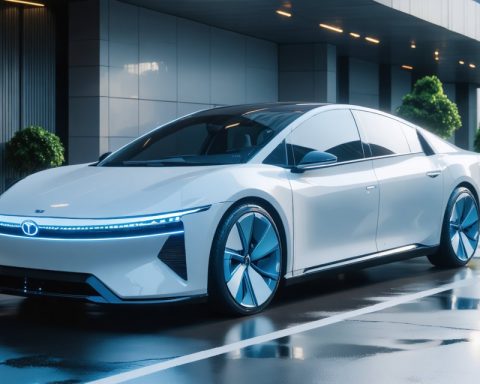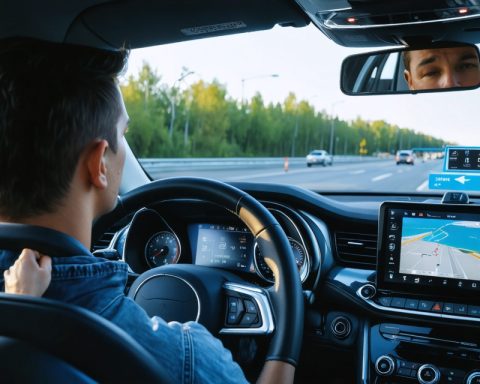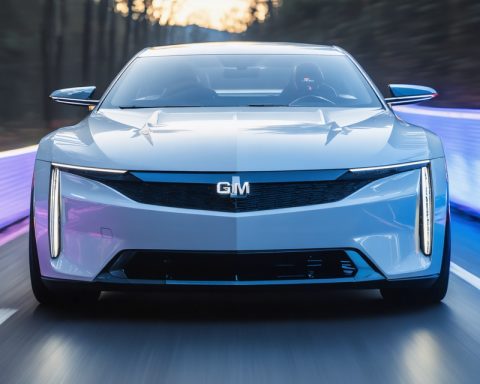- Li Xiang, founder of Li Auto, calls for simplified autonomous driving terminology to clarify vehicle capabilities.
- Proposes new terms: “Driving Assistance” for L2, “Automatic Driving Assistance” for L3, up to “Driverless Driving” for L5.
- Critiques misleading marketing that exaggerates vehicle capabilities, risking confusion and safety issues.
- Emphasizes the importance of setting realistic consumer expectations to foster trust and integrity in the industry.
- Advocates for clear, standardized language to enhance safety and communication between automakers and consumers.
Confusion reigns in the labyrinth of autonomous driving jargon. As cutting-edge technology propels forward at breakneck speed, consumers are often left with a muddled understanding of what their vehicles can truly do. Li Xiang, the visionary founder of Li Auto, sees this as a call to action. His recent words cut through the noise with a vivid clarity that challenges both industry insiders and regulators to rethink their approach.
Amid the growing clutter of technical terminology like “L2” and “L3,” which sound more like spacecraft designations than everyday tools, Li Xiang advocates for a refreshing breeze of simplicity. With a vision grounded in practicality, he proposes a new lexicon: “Driving Assistance” for current L2 technologies, “Automatic Driving Assistance” for L3, and so forth, scaling up to “Driverless Driving” for L5, where vehicles morph from passive hulks of metal into seemingly sentient entities.
But his call is more than just about naming conventions. It’s a clarion cry against the misleading marketing tactics that embellish a car’s capabilities far beyond the realms of modern-day tech. It’s this overselling—a glitzy sales pitch dressed up in technological glam—that leads drivers to a perilous misunderstanding, risking life and limb on roads not yet ready for full automation.
Behind this push for clarity isn’t just safety. It’s about setting realistic expectations that honor the investments of consumers and reward them with honest capability rather than flashy potential. Li Xiang sees a future where integrity in communication fosters trust, paving a pathway for enduring relationships between automakers and their patrons.
In a world increasingly driven by the promise of full autonomy, Li’s message is a powerful reminder that with ambition must come accountability. As the industry churns toward 21st-century mobility, this call for standardized, straightforward language could be the lighthouse that guides both developers and drivers through the fog of technical evolution.
Navigating the road ahead requires more than just advanced sensors and silicon chips; it demands a shared language—that’s clear, concise, and devoid of ambiguity. This nurturing of mutual understanding will not only enhance safety but also enrich the ecosystem where technology truly serves its masters. Li Xiang’s proposal is more than a lesson in semantics; it’s an ode to common sense, urging us all to drive forward with both progress and prudence.
Unlocking the Future of Autonomous Driving: A New Era of Clarity
Introduction
The world of autonomous driving is fraught with confusing jargon and technical babble that often leaves consumers scratching their heads. As automotive technology accelerates, understanding what your vehicle can and cannot do becomes crucial. Li Xiang, founder of Li Auto, is advocating for a radical shift in how we communicate these capabilities. His vision calls for simplicity and transparency—a move that could revolutionize consumer trust in the auto industry.
Understanding Autonomous Driving Levels
To navigate the labyrinth of autonomous driving nomenclature, it’s essential to understand the different levels of driving automation as defined by the Society of Automotive Engineers (SAE):
– Level 0 (No Automation): The human driver is responsible for all driving tasks.
– Level 1 (Driver Assistance): Features such as steering or acceleration assistance are present, but the driver maintains control.
– Level 2 (Partial Automation): The vehicle can control both steering and acceleration, but the driver must monitor the environment.
– Level 3 (Conditional Automation): The vehicle manages most driving tasks, but human intervention is still required.
– Level 4 (High Automation): The vehicle can perform driving tasks without human input, but only under specific conditions.
– Level 5 (Full Automation): The vehicle is completely autonomous in any environment.
Li Xiang’s Simplified Language Approach
Li Xiang proposes renaming these levels for better consumer understanding:
– “Driving Assistance” for Level 2 technologies
– “Automatic Driving Assistance” for Level 3
– “Driverless Driving” for the coveted Level 5
This terminology aims to set realistic consumer expectations, reducing the chance of misunderstandings that could lead to dangerous situations.
Market Trends and Industry Predictions
The global autonomous vehicle market is projected to grow exponentially in the coming decade. According to a report by Allied Market Research, the autonomous vehicle market was valued at $54.23 billion in 2019 and is expected to reach $556.67 billion by 2026, growing at a CAGR of 39.47% from 2019 to 2026.
Real-World Use Cases
Current real-world uses of autonomous technology vary:
– Ride-Sharing Services: Companies like Waymo and Baidu are testing autonomous ride-sharing.
– Delivery Services: Firms like Nuro are deploying delivery bots in urban settings.
– Public Transport: Several cities are experimenting with driverless buses.
Controversies and Limitations
Despite the excitement, several challenges remain:
– Safety Concerns: Accidents involving Tesla’s Autopilot have sparked debates about safety and accountability.
– Regulatory Hurdles: Different countries have varying regulations that can stymie wider adoption.
– Public Skepticism: Trust in the technology remains a significant barrier.
Actionable Recommendations
Consumers should:
1. Stay Informed: Educate yourself about your vehicle’s capabilities and limitations.
2. Engage with Automakers: Ask questions during the buying process to ensure you understand the technology.
3. Follow Industry News: Keep up-to-date with the latest developments and regulations.
Conclusion
The road to full vehicle autonomy is winding and complex, but with clarity and honesty in communication, we can navigate it safely. Li Xiang’s call for a standardized language is more than a rebranding effort; it’s a campaign for consumer trust and safety. As we drive forward into a future landscape dotted with self-driving cars, this clarity will ensure technology truly serves its purpose.
For more insights on auto industry innovations, visit Li Auto.
